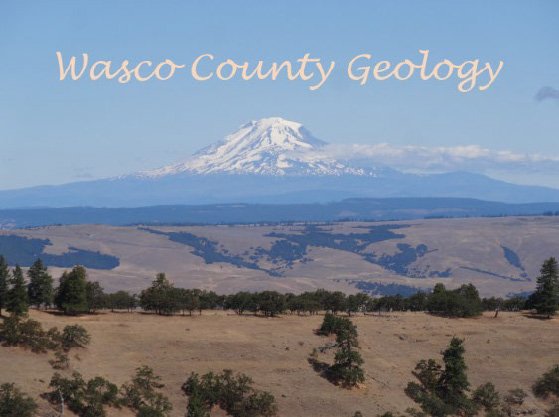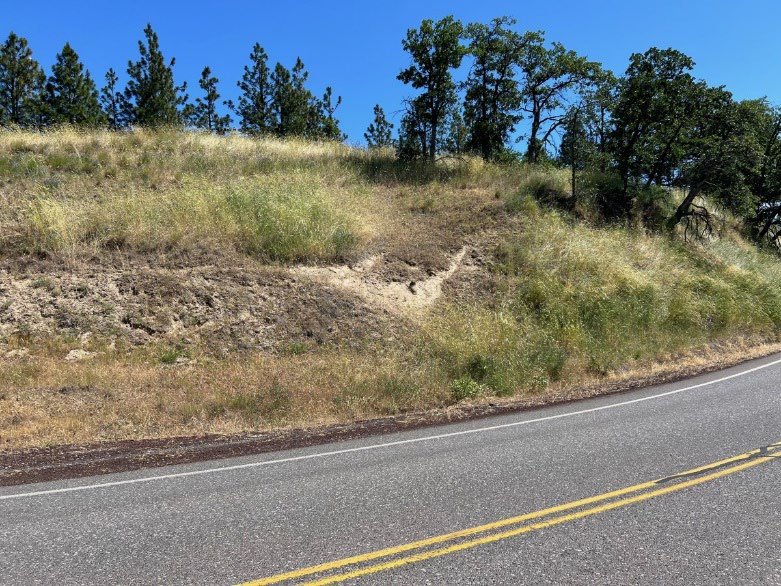Rocks and Fossils and Zeolites, OH MY! A summary of the John Day Fossil Beds Field Trip
/Early fall is a perfect time of year to explore the unique beauty of the John Day Fossil Beds area. We convinced 20 GSOC members, both newbies and seasoned veterans alike, that this was the case. So, on September 25 Derek Loeb, geology lead, Carole Miles, logistical lead, and Gary Joaquin, safety lead, met up with the group at the Clarno Unit picnic area. Following introductions, safety reminders, and distribution of field guides, we launched on the first activity — a short hike along the Geologic Time Trail to learn about the formation of and admire the striking Clarno Palisades. The Palisades are part of the Clarno formation — volcanic lava flows, tufts, lahars, mudstones, and conglomerates from the early to middle Eocene.
Read More






























































